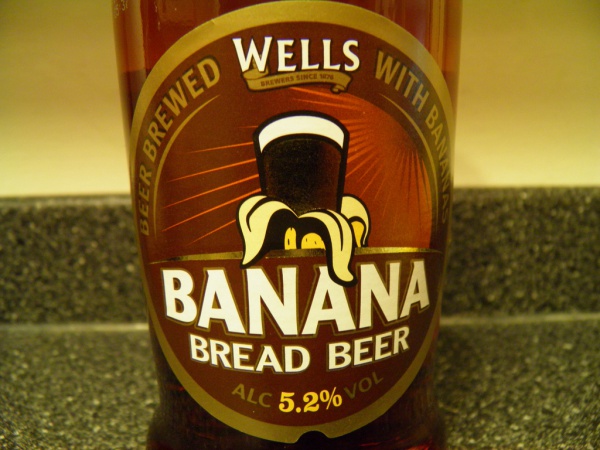Facts About Banana beer
Banana beer is an intriguing alcoholic beverage crafted from mashed bananas and a touch of sorghum, millet, or maize flour to initiate fermentation with wild yeast. Known by various names depending on the region, it’s called "mubisi" in Uganda, "Kasiksi" in the Democratic Republic of Congo, "urwaga" in Kenya, and "urwagwa" in Rwanda and Burundi. This drink is not merely for casual enjoyment—it holds significant cultural value, often being consumed during important rituals and ceremonies.
In Uganda, a similar drink known as "mwenge" is made solely from bananas and sorghum. It goes by several local names, including "kasiksi" "nokrars" "rwabitoke" "urwedensiya" "urwarimu" and "milinda kaki."
To produce banana beer, ripe East African Highland bananas, particularly the "igikashi" and "igisahira" varieties, are required. These bananas are traditionally ripened by methods such as burying them in the ground with banana leaves or placing them near a cooking fire. Once ripe, the bananas are peeled, mashed, and filtered to obtain clear banana juice. Roasted and ground sorghum is then added to the juice, and the mixture is allowed to ferment for about 24 hours. After fermentation, the mixture is filtered and bottled, either in glass or plastic containers.
When produced commercially, the beer may be pasteurized to halt fermentation and extend its shelf life. This fusion of traditional methods and modern techniques yields a distinctive and culturally rich beverage that is cherished throughout East Africa.

 Tanzania
Tanzania